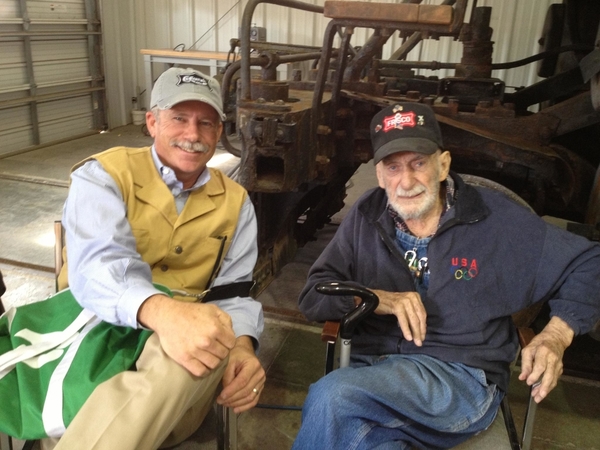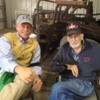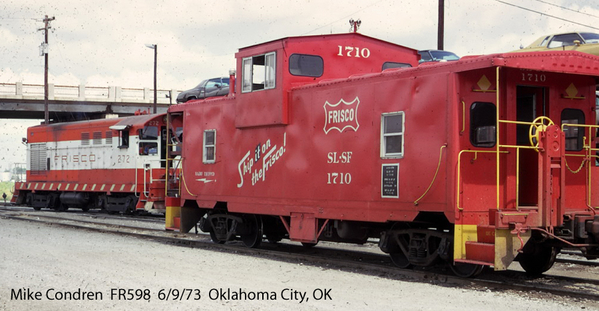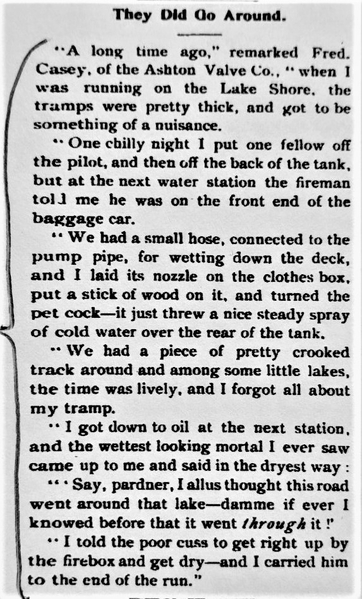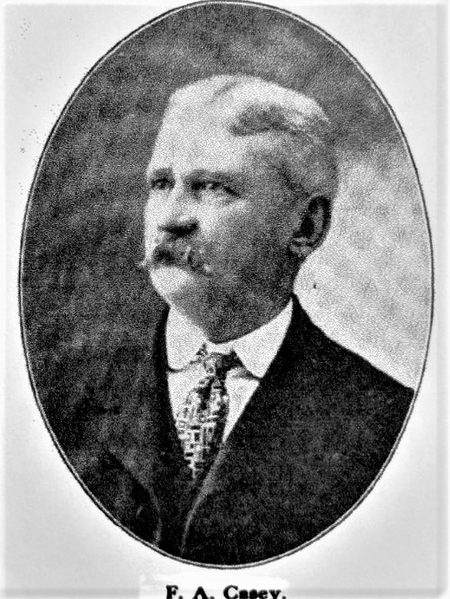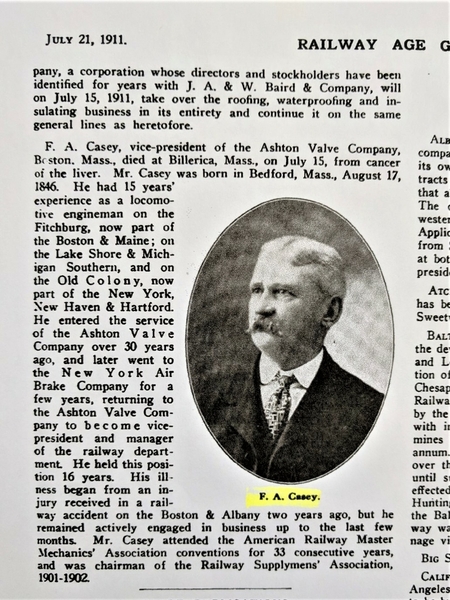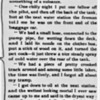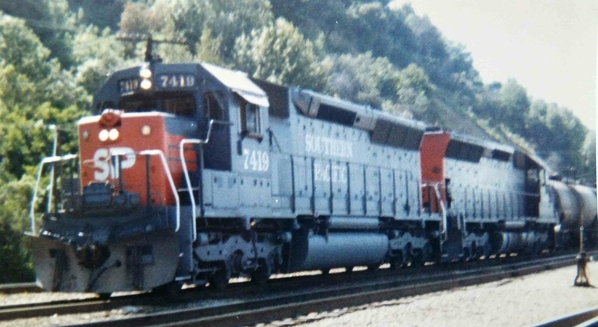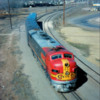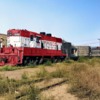I'm not a railroader, but I can tell you an interesting story from a railfan passenger perspective.
It's sort of long. So the readers digest version... The Amtrak police almost arrested me on the Acela, and then they didn't. Enjoy some short video's below.
--------------------------------------------------------
For those still interested, here is the rest of the story...
It was the Spring of 2014 and I had to go to Providence RI for work. The thing about traveling to Providence from Central PA. It's 6 hours by Plane (Counting all of the ancillary travel, waiting, transfers), 6 hours by car or 6 hours by rail.
So, being a railfan I was able to show my boss that it was most cost effective to travel by rail, since I would not need a rental car as my business and hotel was right near the train station. He agreed.
The trip started out great. In Harrisburg there were not many passengers in the station where the train was originating. I boarded and went all the way up front to the first row of the cab car (The engine was in the rear).
The Engineer boarded and started to talk with me. He told me stories of his early days with Amtrak and starting out on GG-1's. We got to chat for about 10 minutes before he went to work and we departed.
It was a pleasant trip to Philly where I had to make a train change. I was changing to the Acela. I was super excited as this was my first Acela trip.
Now I know 2014 wasn't that long ago, but I still had a flip phone. So I brought my Sony Camcorder with me to take video and still shots. It's not an enormous beast, but bigger than a cell phone.
I started taking video as we departed Philly. One of the conductors came by and told me the NJ corridor had some of the fastest speeds as it had the straightest rail from Philly to NY. He said most of my video would just be a blur.
I tried anyway shooting video outside at various areas and also inside the car. On this train, I was in the last row of my car. I was hoping to point the camera down the aisle and see the car tilt into a curve. Looking at the video, I couldn't tell if we we tilting or just rocking.
Still in NJ as we approached NY, we slowed down quite a bit. I was able to get some really nice skyline shots before we entered the tunnel to cross the river into NY.
Now arriving at Penn Station NY, nearly everyone got off the train. But no one was getting on. There were a lot of people on the platform but they were all just standing there.
I looked down the aisle and a fella in plain clothes is approaching followed by 2 police officers in full tactical gear. Body armour, helmets and AR weapons.
The fella in plain clothes ID'd himself as the Amtrak Police and asked me for ID. He wanted to know why I was taking all of the video on the train.
I am a Federal employee, so hoping to diffuse the situation instead of my driver's license I showed the Officer my Federal ID. Sort of frustrated he said, "What is this?". I told him I was a Fed on official orders and thought he might like to know that. He flipped it back to me and said, "Get out your driver's license". So I did.
He started asking routine questions, the typical Who, What When, Where, Why. I was starting to get frustrated, but I was on the clock on official government travel. So the last thing I want to do is get into trouble or worse get arrested.
With questions continuing, he asked, "When was the last time you were on a train"? Again, now me being frustrated, and somewhat of a smart*** I replied, last week. He said, "Where were you going?" I said I was in Middletown PA on the Easter Bunny train (That is true... Here is the proof).
He screamed at me..."NO! When were you on a REAL train?" So I explained that last summer (2013) I took an Amtrak train to Pittsburgh. Next question, "What were you doing in Pittsburgh?" I said our Family took our vacation there (Again... true story).
Now he lost it. "NO ONE TAKES A VACATION TO PITTSBURGH!!! He threw my drivers license back at me and in a screaming voice said, "You're gonna sit down and you're gonna put that **** camera away. Don't make a sound and don't get up. When you get to Providence you are going to immediately exit the train and exit the train station". Understood?" Feeling like an idiot and holding up the Acela for what felt like 15-20 minutes, I said, "Yes Sir".
I certainly felt like a few of my rights were violated, but again, I don't want to get in trouble while on official business. So I do as he says.
And so what did I miss getting video of? Hellgate bridge leaving NYC. Arrrg.
In Providence, I exited the train. Figuring I was safe from the Amtrak gang, I did take out my camera and videotaped the train leaving the station. After it departed, I put the camera away and headed toward the escalator to exit.
At the top of the escalator where two different Amtrak police officers (Again in full tactical gear and AR's) waiting for me. As I got to the top, one said, "Mr. Fevola come with us". They walked me out the exit on out onto the sidewalk and told me to leave the area.
Enjoy some of the video.
Ron




